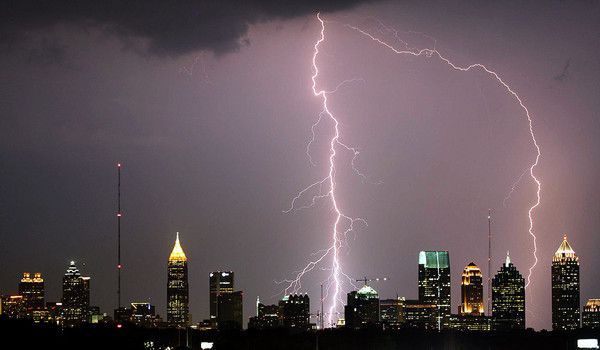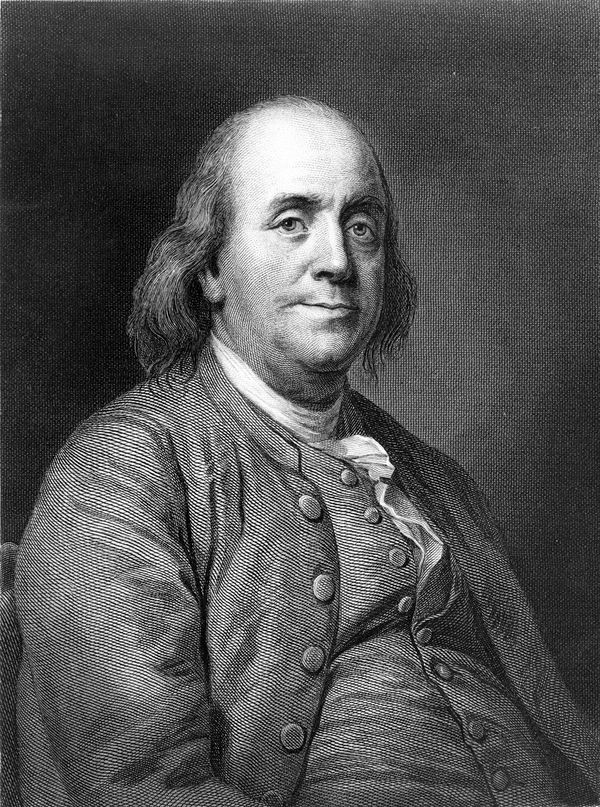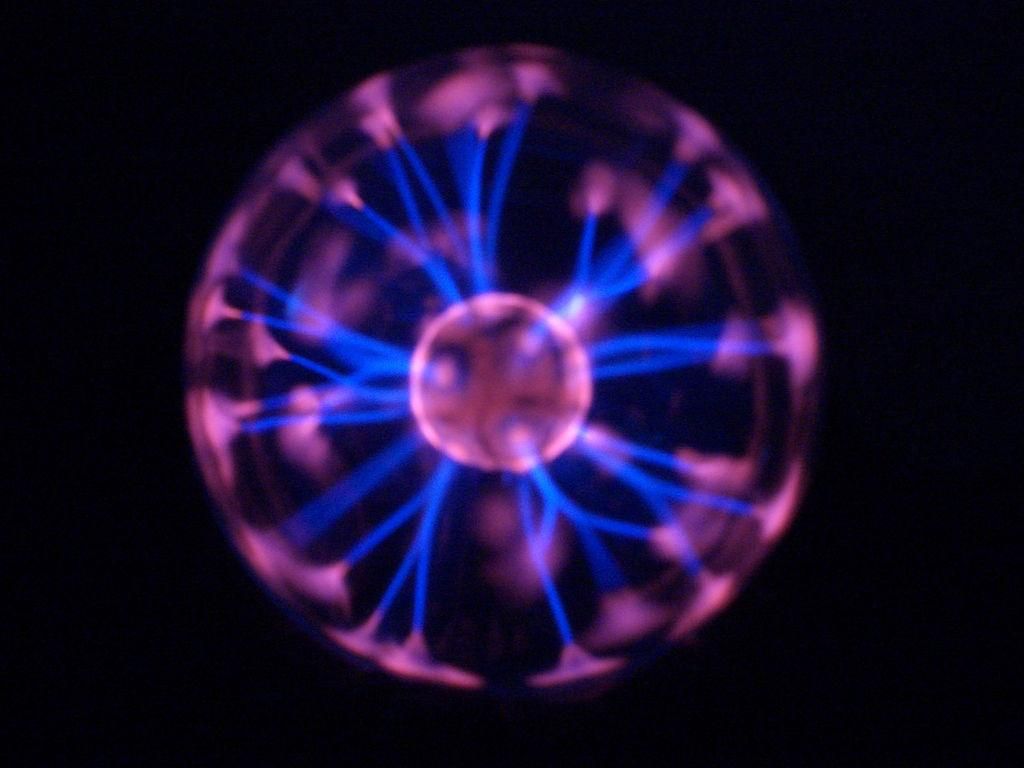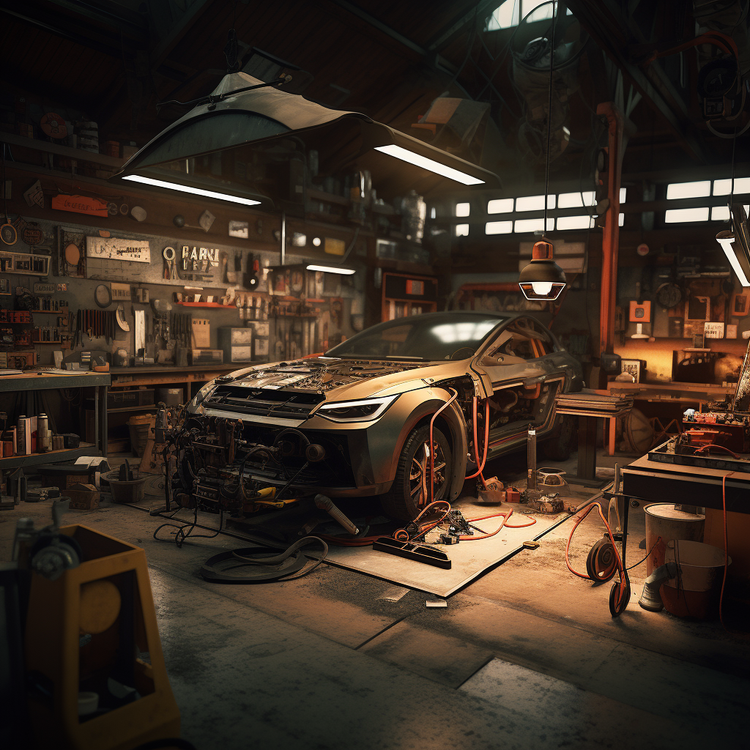The War of Currents: Alternating Current vs Direct Current

Have you ever wondered how we ended up with a 60Hz alternating current central power distribution system? Why don't we use high voltage direct current? The answer might surprise you.
Modern electrical systems utilize a hybrid of alternating and direct current systems. To a casual observer, the differences may seem irrelevant or inconsequential. However, modern electrical standards result from a long series of Gilded Age battles between industry giants such as George Westinghouse, JP Morgan, and Thomas Edison. During this time, rapidly developing technology promised no clear winner to the "War of the Currents." As a result of smart investments, shrewd business deals, constant propaganda, and countless technological gambles, the modern world was shaped into its present form.
To understand present-day electrical knowledge, one must understand the development of that knowledge throughout the ages. Among the first to experiment with electricity were the ancient Egyptians. The first batteries were believed to have been created by combining various chemicals in clay pots. It is often disputed whether these batteries were used for any electrical experiments or were merely curiosities in their time.

William Gilbert, a physician to Queen Elizabeth I, performed the first scientific study of electricity and magnetism. He wrote the book De Magnete to describe the forces of attraction felt by rubbing amber with silk. He believed that electricity was formed by removing an invisible fluid, causing an atmosphere to be generated around the object (McNichol 9). Despite the arcane terminology, this is a moderately accurate description of the electrostatic force.
In 1745, Pieter van Musschenbroek created the Leyden jar. This device used a glass jar filled partially with water. A metal chain was suspended in the water, held aloft by a wire running through a cork that acted as a stopper. This served as a primitive capacitor. Leyden jars were initially called "condensers," a term for capacitors that persists today. Van Musschenbroek hooked this device to an electrostatic generator to attempt to arc electricity from the generator to the jar. He observed no apparent changes and assumed the experiment had failed. Upon grabbing the jar, Musschenbroek received a significant jolt of electricity. He had unwittingly discharged the capacitor into his body. Later investigations would lead to reports of "nose-bleeds, convulsions, and prolonged dizziness to temporary paralysis."

Experimental electricity was brought to America when Benjamin Franklin was enjoying a theatrical trick involving a boy hanging from rafters by silk cords attached to an electrostatic generator with small arcs when his feet touched the ground. Franklin observed this and decided it would make an excellent field to investigate as he was soon to retire to pursue philosophy (McNichol 10-11). He purchased scientific equipment and a Leyden jar and then developed many new theories in the field. The most famous imagery of Benjamin Franklin is found in his discovery that lightning was composed of electricity. He accomplished this by flying a kite during a rainstorm and observing that arcs could be seen flashing from a metal key. Because of this, he could summarize that there existed an electrostatic potential between the ground and the clouds (Klein 78).
One of the few mistakes made by Benjamin Franklin was the direction of electron flow in electricity. Having no concept of the existence of the electron, Franklin wrongly assumed that electricity flowed from positively charged areas to more negatively charged areas when the opposite was true. This convention, however, was permanently adopted by the scientific community and still exists in modern electrical engineering.

One of Benjamin Franklin's most notable inventions in electricity was the lightning rod. These devices attract lightning to preferentially strike the lightning rod instead of the roofs of houses or commercial buildings. Lightning rods have changed little from their first inception hundreds of years ago (McNichol 17-22). The first precision electrical measuring equipment was created by Charles de Coulomb. Coulomb was the first electrical engineer trained in physics, mathematics, and engineering (Klein 79). Other notable discoveries and inventions in the pre-Edison days were the first modern battery systems. Alessandro Volta created the most famous of these in 1799. This battery system utilized copper and zinc rings stacked together while submerged in an electrolytic solution. Another significant discovery was that of the process of induction. This was discovered by Michael Faraday when he passed a loop of wire through a magnetic field and generated a small amount of current. This knowledge would lead to the creation of an electrical generator (McNichol 22).
Thomas Alva Edison, born on February 11th, 1847, in Milan, Ohio, was destined to change the world (McNichol 25). As a child, he worked in the railway industry, setting up a laboratory in one of the boxcars on the train he was posted on. Edison also ran a small newspaper in his spare time. His early understanding of the power of the press later contributed substantially to his business success. Later, Edison would go to work for telegraph companies. This enabled Edison to experiment more with chemistry and electricity. Eventually, Edison moved to New York. He often told stories that he came to the state as an underprivileged youth and worked his way up. The reality was that he traveled there with substantial financial reserves and previous experience as an engineer (Jonnes 77). By 1869, Edison had devoted himself full-time to the science of invention (McNichol 35). By 1872, he had 38 patents to his name. Not all went according to plan. His best early invention, a vote the recording machine, was an abysmal failure. Edison had an eye for invention; however, his understanding of what the market desired still required honing.
Edison's fame would grow over the next four years. By this time, Edison had begun construction of what would be considered the first modern research facility at Menlo Park, New York, under the direction of his father. This laboratory would employ dozens of workers working on various projects under the supervision of Edison (Conot 78). By 1878, Edison knew that a significant technological shift was soon to occur, and he wanted to be at its head. Electric power would quickly sweep the nation, replacing gas lanterns as the lighting choice for millions of Americans.
Edison sought backing from J.P. Morgan and Western Union to form the Edison Electric Light Company. This allowed him the venture capital to fund the production of his newly developed incandescent light bulb en masse. While he attempted to gain customers and funding, gas barons saw their profits plummeting. Edison would find himself besieged by negative press generated by natural gas tycoons seeking to discredit his technological developments as dangerous and ill-planned. Numerous delays occurred due to the complexity of designing a national power distribution system and the lighting systems it would power. Finding the correct filament for a longer-lasting incandescent bulb proved much more complicated than Edison had imagined. Thousands of different metals, fibers, and chemicals were used in an attempt to find a material that was both long-lasting and bright. Until the deployment of the incandescent bulb, the standard electric light of choice was an arc lamp that illuminated a room by producing a steady spark from two electrodes. After months of experiments, Edison found a suitable filament for production: cotton.
Along with incandescent lights, Edison had to invent a national power distribution system. His company produced hundreds of patents for switching stations, power regulators, and generator components for the direct current electrical system. Edison attempted to defeat propaganda put out by gas tycoons by having his new lighting systems resemble gas lamp systems in as many ways as possible. Lights were controlled by turning a key, had approximately the same brightness as gas lamps, and used terms from the gas industry, such as referring to lights as "burners." These established standards that, in some cases, are still in use today. For example, the modern voltage rating for residential wiring is 110 volts, the same as that specified by Edison (McNichol 45-51, 57). Edison was also a shrewd businessman, selling his electric lights at a substantial loss to build a market for his goods. He did not bill his first customers for several months, partially because he had not yet invented a means to measure electricity usage accurately. He also sought to increase goodwill among those that he was servicing.
Safety was an initial concern for Edison. Shocks were commonplace, and fires even more so. Initially, Edison wrote that "there is no danger to life, health, or person, in the current generated by the Edison dynamo," despite the reverse being true. Edison would later capitalize on the perceived increased risk of alternating current systems compared to his direct current systems.
In 1882, French scientist Lucien Gaulard developed a system that ran along wildly different principles from the Edison direct-current system (McNichol 64-66). Alternating current differed from direct current in that rather than a steady voltage and current, the voltage and current alternate between one direction of flow and the other. It can best be imagined as a sinusoidal wave going back and forth about sixty times per second. This enabled the voltage to be "stepped up or down" as necessary to increase long-distance transmission efficiency. Raising the voltage, the system would function better over extreme distances, allowing remote plants to service far away locations. The technology to do the same to direct current would not exist for another 150 years. Edison was skeptical of this system and refused to consider adopting it.
This technology would be adopted by an upstart named George Westinghouse. Westinghouse was the opposite of Edison. A private man, Westinghouse would shy away from the spotlight that Edison was determined to stay in. Westinghouse maintained a distance from his workers, unlike Edison; however, he never thought himself above them. There is a famous account of a worker tipping over a wheelbarrow of parts in front of Westinghouse and some foremen. The supervisors laughed at the worker until Westinghouse removed his top hat, coat, and gloves, then proceeded to help the man pick up parts and right the wheelbarrow. Westinghouse believed that all members of his company were equal regardless of pay and station (Klein 222).
Westinghouse would employ a young engineer named Nikola Tesla. Tesla initially worked for Edison as a technician for about a year. He never developed a personal relationship with Edison and suffered tremendous anxiety over telling him his idea for the induction motor. Tesla was afflicted with paranoid delusions, obsessive-compulsive disorder, and occasional bouts of hallucinations throughout his life. In his later years, he developed an obsession with feeding pigeons. Tesla also had an extraordinarily detailed ritual for washing his hands and avoided all personal contact due to fear of germs.
Tesla's greatest invention was the alternating current induction motor. This was vital to the development of alternating current systems as it allowed for smaller, less expensive motors to be used that were compatible with the alternating current system. AC induction motors also required no direct contact between the rotor and stator, so they needed less maintenance and were generally more reliable. AC induction motors remain the most common electric motor in use worldwide (McNichol 75).
The battle of alternating current and direct current reached a new low when a DC arc current lamp purveyor named Henry Brown began campaigning to outlaw AC for what he considered to be an increased risk of death. Henry Brown had no formal electrical training; however, he convinced state and federal officials that he was a specialist in the field. Brown is best known for his staged electrocutions of dogs, horses, and an elephant to demonstrate a supposed increase if the risk of death from alternating currents. Both alternating current and direct current are equally dangerous. Brown's theatrics had to be carefully crafted to ensure that the alternating current shock would be fatal.
As the current wars raged onward, Westinghouse eventually extended a personal invitation to Edison to attempt to end the differences between their two companies. Edison declined and immediately launched a smear campaign against Westinghouse that nearly ended in a lawsuit (Jonnes 165-168). However, the worst was yet to come. After another series of brutal experiments involving staged electrocutions of animals using AC power, Henry Brown successfully lobbied to have death row inmates executed using alternating current electricity. This was meant to hurt the business of Westinghouse by forever associating alternating current with death. Instead, the public perception was that alternating current was the more humane method of execution and, therefore, more efficient.
Edison Electric Company would see a steady decline in market shares until a merger was required. The new company would be known as General Electric. Edison would be paid a substantial sum to relinquish much of his stake in the company. Several years would pass, with Edison taking on many new projects. Eventually, in 1894, Edison sold his remaining shares in General Electric to finance an ore mill he was constructing. After the mill's failure, Edison returned to work as an employee of the company he had once founded. By this time, the alternating current had achieved complete dominance of the electrical marketplace (Conot 277, 305).
As Alternating Current was vastly more efficient over long distances and the direct current system required a power plant in every neighborhood, the decline of direct current was inevitable. General Electric eventually produced Alternating Current generators for most applications despite the protestations of Edison. Decades later, direct-current would see a resurgence in automobile circuitry and solid-state electronics. However, no solely direct current generation system would remain outside of very specialized applications. Looking to the future, electrical engineers have been developing a particular form of direct current that operates at extremely high voltages for its potential application in high-efficiency long-distance transmission. As more and more equipment is replaced with computers running off solid-state electronics, direct current is becoming more and more commonplace. With the current path of emerging technology, Edison's dream may still be realized in the distant future.
Further reading/Bibliography:
Conot, Robert E. A Streak of Luck: The Life and Legend of Thomas Alva Edison. New York: Seaview, 1979.
Jonnes, Jill. Empires of Light: Edison, Tesla, Westinghouse, and the Race to Electrify the World. New York: Random House, 2003.
Klein, Maury. The Power Makers: Steam, Electricity, and the Men Who Invented Modern America. New York: Bloomsbury, 2008.
McNichol, Tom. AC/DC: The Savage Tale of the First Standards War. San Francisco: Jossey-Bass, 2006.
Photo credit: David Selby / Foter.com / CC BY-SA
Photo credit: Foter.com / Public Domain Mark 1.0
Photo credit: Curator: Shannon Coffey / Foter.com / CC BY-NC




Member discussion